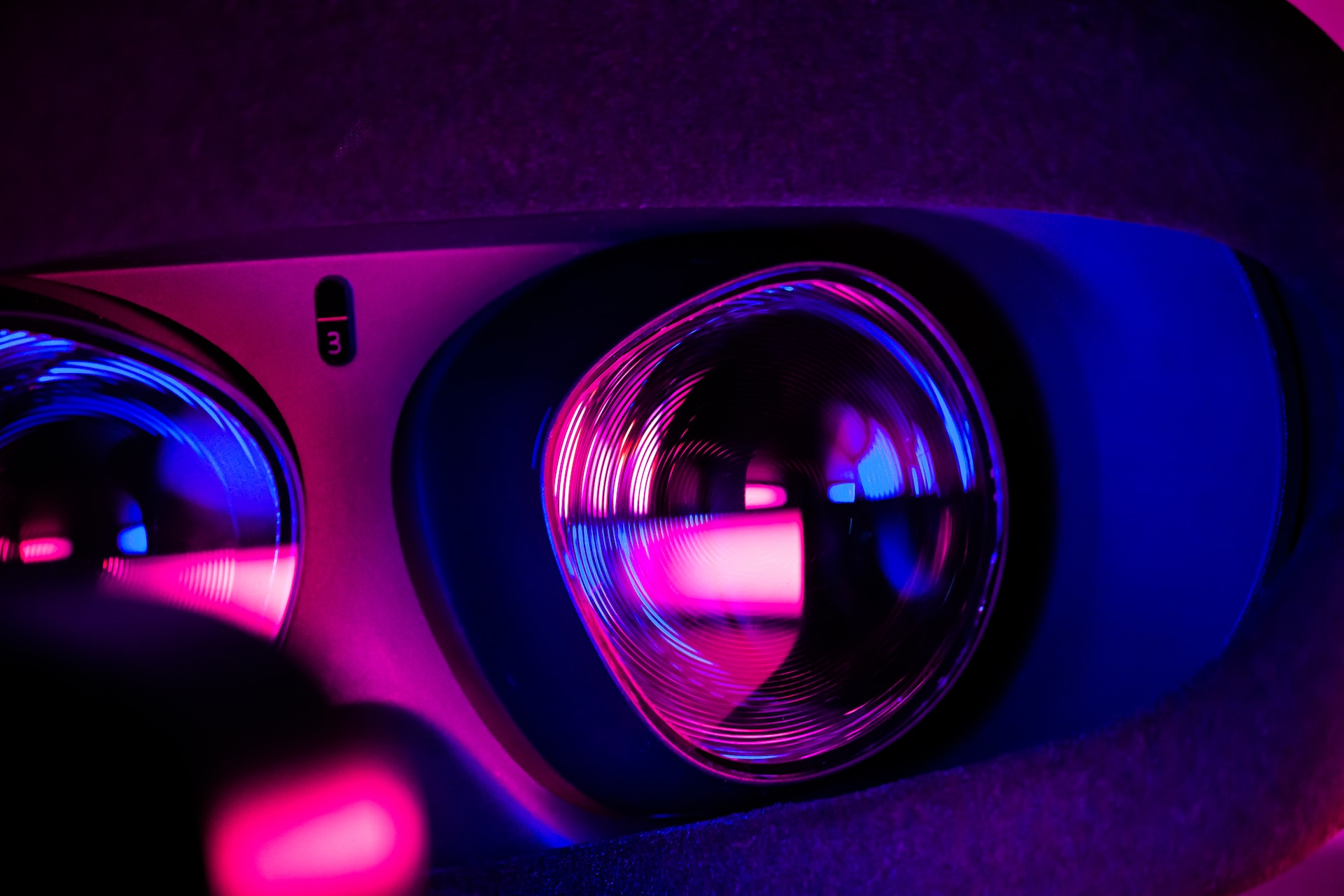Virtual Reality
In the future, most devices will allow the wearer to enter virtual reality. Some devices allow non-contact control of electronics using brain impulses. Other devices (Google Glass, etc.) offer visualization of the interface in the form of volumetric images and interaction with the simulation of touching its elements. Google Glass, for example, provides quick access to a patient’s medical history.
In addition, it is possible to enter virtual reality with nanorobots. In this case, the human intellect is actually merged with the computer’s intellect. People go through a simple procedure to implant nanorobots (devices the size of a blood cell) into their bodies. When the user wants to experience a simulated reality, the nanorobots immediately go to the right place, suppressing all inputs closest to the real senses and changing them to signals appropriate for the virtual environment. Such nanorobots can be used in a wide range of applications, from business to education, training, health care, engineering, design, media and entertainment.
Tourism has revolutionized because people no longer have to travel long distances or spend large sums of money to see sights and hear sounds-they can enter virtual reality. For this reason, a large number of travel agencies are changing their focus to adapt to the new technology.
Holographic concerts are also taking place using virtual reality technology. The first use of this technology started in the 2000s: in 2005 the band Gorillaz performed in a holographic image at the MTV Europe Music Awards, and in 2010 the Japanese virtual singer Hatsune Miku appeared on stage as a hologram. At the moment, holographic concerts are even more popular than real ones. Every day there are virtual concerts of Michael Jackson, Elvis Presley and other deceased stars.
